Noriaki Yuasa’s intimate Yokai horror
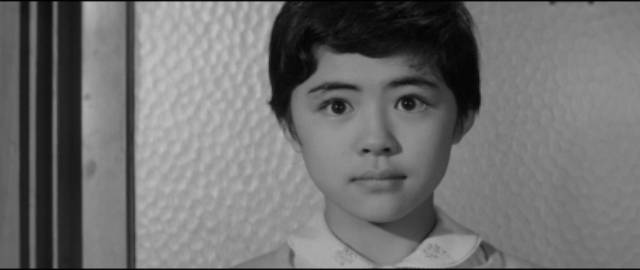
in Noriaki Yuasa’s The Snake Girl and the Silver-Haired Witch (1968)
When my friend Steve was over recently, we didn’t have the stamina to watch the third of my new Arrow Blu-rays – we were done in by too much pizza and beer. So I watched it alone the following day. This was yet another total unknown for me, but it belongs to a favourite genre: Japanese horror fantasy rooted in folklore. Noriaki Yuasa’s The Snake Girl and the Silver-Haired Witch (1968) was made almost simultaneously with Daiei’s wonderful Yokai trilogy (1968-69), which coincidentally just arrived in a special edition box set from Arrow (the set also includes Takashi Miike’s modern reworking of the material, The Great Yokai War [2005]). One of the appeals for me is that in these Japanese movies uncanny and supernatural elements are taken for granted, with no compulsion to rationalize the strange things which impinge on ordinary, everyday life. Japanese audiences obviously feel no need to explain everything, accepting that the material world exists as only one layer in a multi-faceted universe.
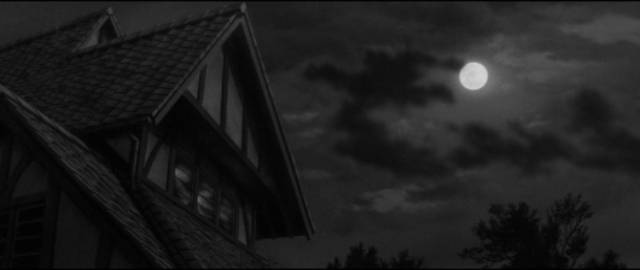
Initially, Yuasa’s movie, adapted loosely from a manga by Kazuo Umezu, is permeated with threatening supernatural forces, but as the narrative unfolds it evolves through several stages, finally climaxing with a kind of Scooby Doo reveal in which the villain literally whips off a mask to reveal nothing more than a malevolent human being. So, in a way, the film actually goes against the appeal mentioned above. And yet, that final revelation can’t completely erase all the uncanny elements previously on display; if those elements are merely the conjurings of a young girl’s imagination, that imagination is shaped by and permeated with an entire history of folklore filled with terrifying creatures which have a powerful air of reality for the characters.

Ten-year-old Sayuri (Yachie Matsui) has spent her life in a Catholic orphanage, but one day the Sister in charge calls her in to introduce her to her real father, Goro Nanjo (Yoshiro Kitahara), who has come to take her home. Sayuri takes this in stride; like Little Orphan Annie, she has an essentially sunny disposition, prepared to accept whatever lot life has to offer. On the drive to her new home, her father warns her that her mother recently had an accident and may sometimes seem strange and forgetful. The audience is already prepared for dark developments because the movie began with a scene in which a woman is attacked by a shadowy figure in a room full of caged snakes. As Goro pulls into the driveway, an ambulance and police car are leaving and he’s told by the housekeeper Shige (Sachiko Meguro) that the maid has died of a heart attack.
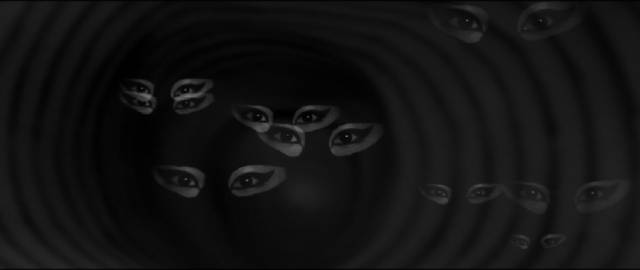
This ominous introduction to the household is compounded by Sayuri’s first encounter with her mother, Yuko (Yuko Hamada), who mistakes her for someone named Tamami. Still, Sayuri is excited to explore her new home, finding a bedroom full of toys and books and nice new clothes. Her optimism can’t quite prevent feelings of unease, feelings we as viewers already know are justified. During her first night in the house, we see someone staring at her through a hole in the ceiling, a hole through which a snake emerges to drop onto Sayuri’s pillow. Waking in fright, Sayuri’s screams attract Shige, who dismisses it all as a dream – after all, with the light on they can’t find the snake anywhere.
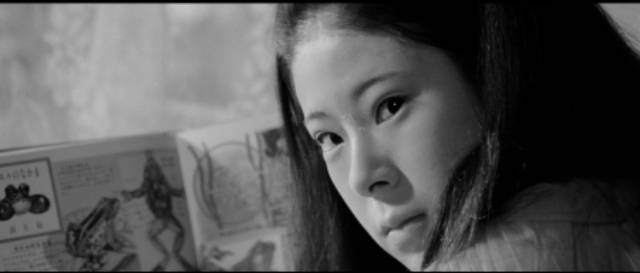
Goro, who studies poisonous reptiles, is immediately called away to Africa to investigate a rare find, leaving the house to its female occupants. Sayuri begins to attend the local school where her new life seems quite normal, but the house has assumed an air of Gothic menace. The source of this is soon revealed when Sayuri sees her mother taking a tray of food up to the attic. Following, she sees Yuko kneeling at a shrine where the girl briefly glimpses a strange face. After Yuko leaves, Sayuri looks again – there’s no face, but the food has disappeared. It’s not long before Yuko introduces her to the attic’s inhabitant, after first insisting that Sayuri must never tell her father; upstairs is her sister Tamami (Mayumi Takahashi). There’s something very sinister about Tamami, who has been hidden away since being brought back from some institution without Goro’s knowledge.
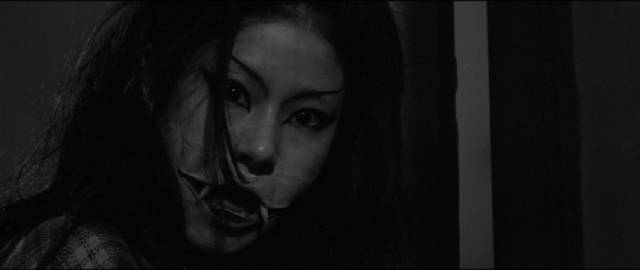
Almost all of the film’s ambience of dread comes from Takahashi’s performance. She has a marvellously sinister look even in her “normal” state, but there are moments when she transforms into the “snake girl” with a wide, thin-lipped mouth and fangs, evoking the power of fairytales to embody unnatural childhood fears. We later learn that Tamami, an apparently unpleasant child, had tried to scare a fellow student with one of Goro’s snakes, but it had turned and bitten her own face, leaving a scar which she usually conceals with a mask, and apparently cursing her with this ability to actually become a snake.
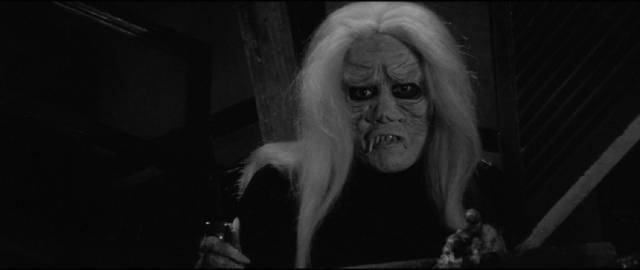
Tamami, a bitter, malevolent girl, holds both Yuko and Shige in her power and with Goro away, she takes control of the household, quickly displacing Sayuri, whom she sees as a threat. Finding herself locked away in the attic, Sayuri has vivid, disturbing dreams involving snakes … and a new figure, the demon-faced silver-haired witch who seems determined to kill her. The weaving of seemingly supernatural elements with overt signs of deception (Tamami peeling off her mask to reveal the scars on her face) lays the groundwork for the climactic revelation of the witch’s identity and motives in a flurry of destructive action which destroys the family home and almost destroys the family itself.
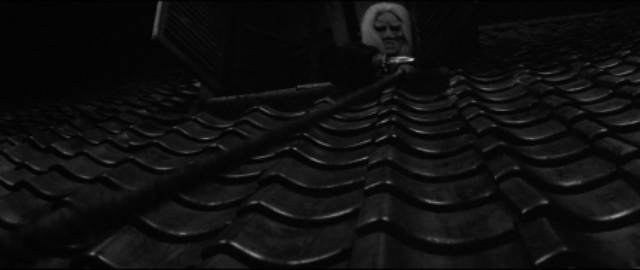
The “rational” explanation can’t entirely dispel the uncanny atmosphere, and the late revelation that Sayuri and Tamami were accidentally switched at birth, that they’re not actual sisters, blends the Japanese folklore elements (the spirit which can take on either human or animal form) with the European folk tradition of the changeling, in which fairies steal a child and replace it with one of their own which feeds off the parents’ natural affections, draining emotional and material resources.
Even though in the end Yuasa’s film restores the rational world, the imagery is so vivid and the atmosphere so strong that the fantastic, even if narratively situated as the imaginings of a frightened child, remains dominant. As with a child who has been shown that there really isn’t a monster under the bed, we remain unconvinced. Of course monsters are real, they’re just very good at concealing themselves.
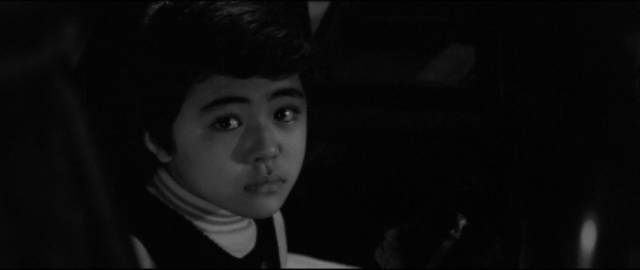
Arrow’s Blu-ray exhibits some signs of damage – some scratches and speckles and image inconsistency – but contrast and detail are generally excellent. There’s an informative commentary from David Kalat and a lengthy interview (27:40) with Zack Davisson, an authority on manga and folklore, who traces the various traditions in which the film is rooted.
The Snake Girl and the Silver-Haired Witch is a creepy and entertaining Yokai-adjacent fantasy, and an interesting diversion in Yuasa’s career; he pitched it to Daiei as a break from his gruelling schedule as the director of the Gamera movies with their demanding technical requirements of large-scale effects; this fantasy, made between the fourth and fifth Gamera movies, is small, claustrophobic and emotionally intense, permitting Yuasa to exercise a more personal style. It appears to be something of an anomaly in his career, with much of his non-kaiju work apparently devoted to comedies.
Comments